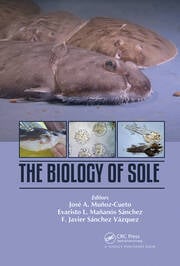Reproductive behaviour in IRTAmar® RAS
The study aimed to describe the reproductive behaviour of gilthead seabream (Sparus aurata) in captivity. Twenty-four mature gilthead seabream, divided in two tanks, were utilized for the present study. Reproductive behaviour was recorded using submersibles cameras. A total of 67 spawning events were analysed. The mean duration time that gilthead seabream spent spawning was 54 ± 4 min/day, during which mean number of individual spawning events was 5.6 ± 0.2. The mean volume of eggs produced by both broodstocks was 405 ± 13.4 mL with a fertilization rate of 91.6 ± 0.4%. The reproductive behaviour began with a schooling behaviour and then forming light aggregations. From an aggregation or an encounter while swimming freely a female initiated a spawning rush followed by one or more males to gametes liberation. The spawning rush was brief, 1.6 ± 0.5 sec, over an approximately 1.7 ± 0.2 m distance from the tank bottom to the water surface.
Ref.:
Mating behaviour and gamete release in gilthead seabream (Sparus aurata, Linnaeus 1758) held in captivity
The study of mating behaviour of the Senegalese sole (Solea senegalensis) was undertaken to investigate the total reproductive failure observed in hatchery Senegalese sole. The reproductive failure observed in hatchery Senegalese sole is characterised by the spawning of unviable eggs that do not develop to hatch as the eggs were not fertilised. In comparison, wild Senegalese sole held in captivity spawn fertilised eggs that have sufficient quality and quantity for commercial aquaculture production. The spawning behaviour of these wild fish was described in three steps, where males displayed to females, resting their head on the females and swimming in procession, one fish following another. The females would accepted the males and the pair would swim coupled together to the water-surface to spawn. Hatchery males had a lower participation in these courtship behaviours and did not swim with females to fertilise the released eggs.
Ref.:
Reproductive ethogram and mate selection in captive wild Senegalese sole (Solea senegalensis)

